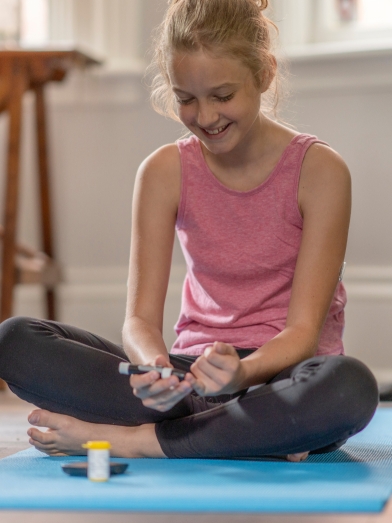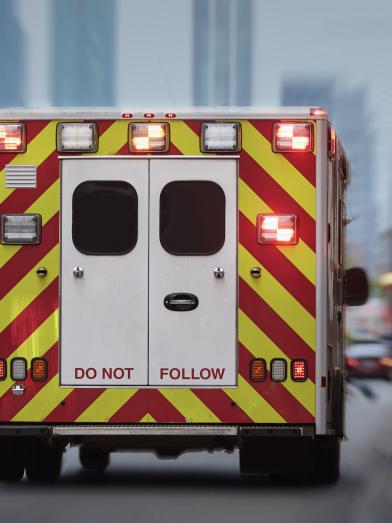Can low blood glucose be prevented?
Your best bet is to keep your blood glucose in your target range. Keep track of your personal symptoms you feel when go low. If you start to recognize those feelings, you can act faster to treat your low glucose before it drops lower.
Monitoring blood glucose, with either a blood glucose meter or a continuous glucose monitor (CGM) allows you to be aware of your blood glucose levels and take steps to prevent low blood glucose. Studies consistently show that the more a person checks blood glucose, the lower their risk of low blood glucose.
If you can, check with your diabetes care team when and how often your need to check!
Times you can check include:
- Before and after meals.
- Before and after physical activity including exercise (or during, if it’s a long or intense session).
- Before bed.
- In the middle of the night if your blood glucose may go low, such as after a day with intense exercise.
- After physical activity including exercise
Check more frequently if things around you change such as a new insulin routine, a different work schedule, an increase in physical activity, or travel across time zones.








